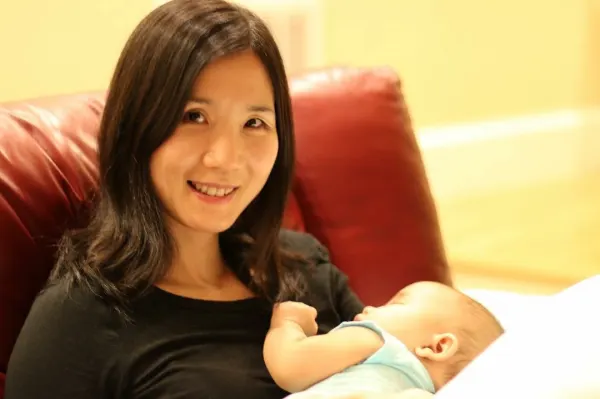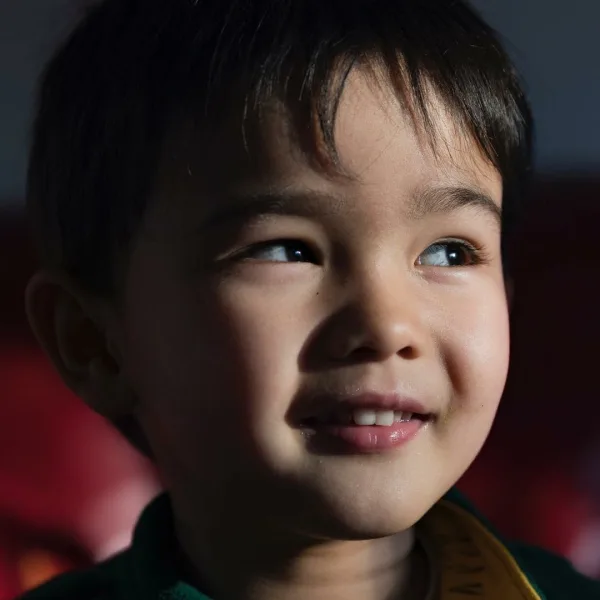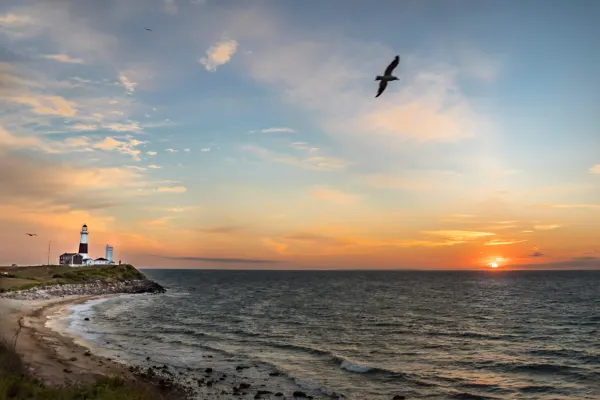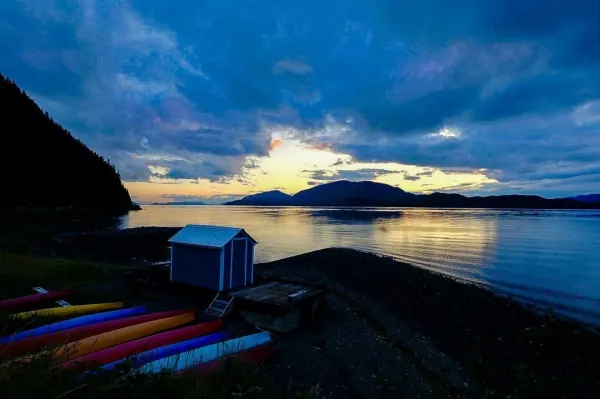NickyGPhotography1918
About
I am a self-taught photographer with a professional background in teaching physics. I am therefore able to provide guidance not only in photography itself, but how to learn it using the resources available. Additionally, my teaching experience makes one-on-one lessons highly effective, well-structured, and time-efficient.
I am deeply passionate about science education and devote many hours outside of the school day to coaching the science team. My love for photography actually stemmed from capturing moments in my students lives, especially when traveling with the team.
Highlights
Photos and videos






Reviews
John P.
Judy M.
Eric R.
Catherine W.
Frequently asked questions
What is your typical process for working with a new student?
Before we meet for a lesson, I set up a lot of communication to make the lesson as personalized as it needs to be. I find out the goals of my students, identify their level of experience, and how our lessons can most effectively bridge that gap. I then construct a curriculum that fits a mutually agreeable budget and time frame, and per the preference of the student I can also give handouts, note sheets, and suggested assignments to try, leaving ample room for adjustment and flexibility.
What education and/or training do you have that relates to your work?
I have been shooting since 2001 and have gradually worked up the ranks in terms of equipment quality. I am primarily self-taught through online coursework and numerous forums and blogs, but I have taken classes on specialty topics such as portraits with well-known local wedding photographers. I have taught physics for 16 years at Lexington High School, the top public school in MA, and tutored one-on-one extensively on the side.
Do you have a standard pricing system for your lessons? If so, please share the details here.
I charge 50 for 1 hour, 90 for 2 hours, and 120 for 3 hours with adjustments made for driving time, financial need and number of guaranteed lessons.
How did you get started teaching?
I’ve loved teaching since a very young age, tutoring throughout high school and TAing extensively in college for math and physics classes. I then worked for a consulting firm for four years, a job I mostly disliked except for the time I spent teaching my clients. I took the certification exam for teaching physics, earned my MAT in physics education and have been teaching at Lexington High School ever since. I also coach the National Science Bowl team, which has won three national championships in the last seven years.
What types of students have you worked with?
I have primarily worked with high school seniors as that is the main age group I teach during my day job. However, I have tutored people of all ages ranging from 10 to 80 over the past 20 years.
Describe a recent event you are fond of.
The LHS National Science Bowl team won the national championship again this year. In addition to coaching a wonderful group of kids, I served as their photographer as well. It was exhilarating to see my passions collide in this way as I tried to capture great light and tell their story all over Washington DC.
What advice would you give a student looking to hire a teacher in your area of expertise?
Look for someone who is strikingly passionate about photography and values the importance of telling a story through pictures. It is crucial that the instructor is not only a competent photographer (there are many of those around), but also an excellent teacher who can guide you through the process of learning photography. Make sure you hire someone that can teach.
What questions should students think through before talking to teachers about their needs?
What kind of photography are you most passionate about shooting? What is your primary subject matter? What motivates you to take pictures?
How much are you willing to spend on equipment? While a good photographer can do amazing things with baseline equipment, the kind of light you can capture expands with better, more expensive lenses, bodies, etc. Given this, would you like the lessons to focus more on “seeing” good photographs to take or the mechanics of capturing those shots with the tools you have? We can obviously do both but only with sufficient time.